Recordings
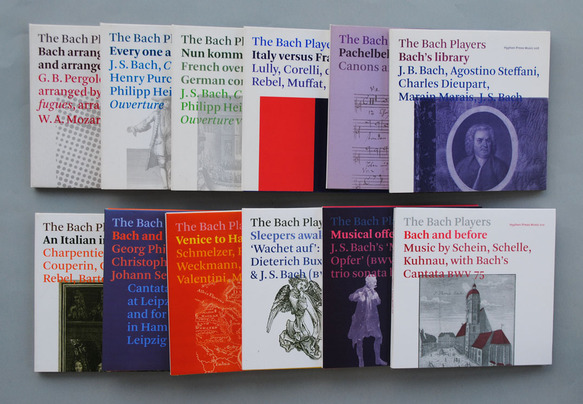
All the Bach Players’ CDs
The complete set of twelve Bach Players’ CDs can be bought for a much reduced price of £50 (bought singly they will cost £65). Designed to form a series, and in distinctive card packets, they occupy less space and are noticeably lighter in weight than a row of conventionally plastic-boxed CDs.
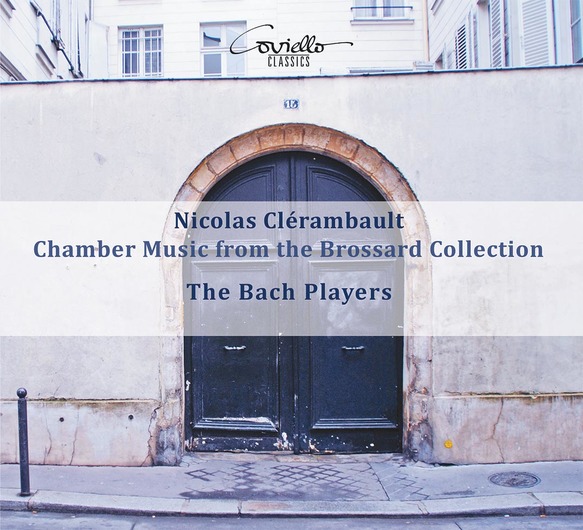
Nicolas Clérambault: chamber music from the Brossard collection
[COV 91928]
Nicolas Clérambault (1676–1749) is known as an organist and composer of many large-scale sacred and secular works in the France of Louis XIV and Louis XV – and he also wrote chamber music. This CD gathers chamber works that were collected and copied by the composer and theorist Sébastien de Brossard (1655–1730).
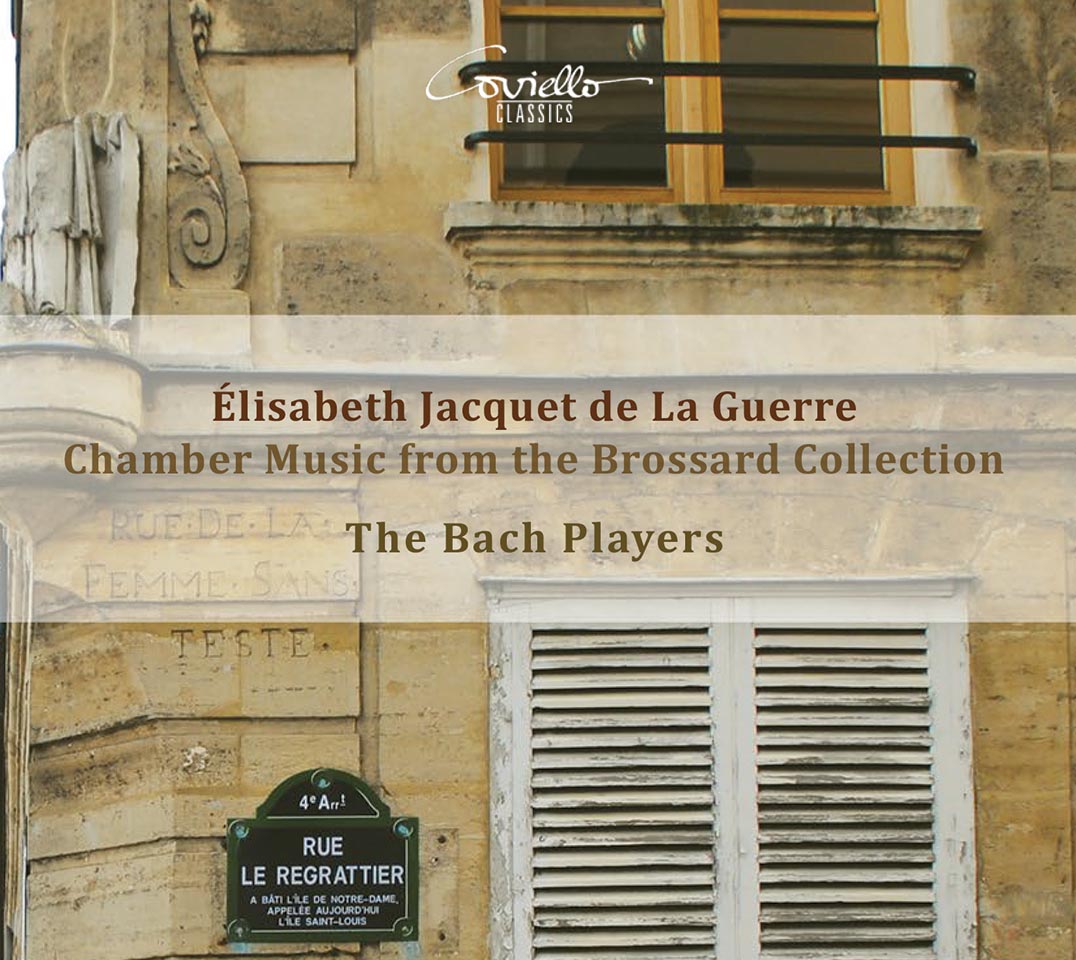
Élisabeth Jacquet de La Guerre: chamber music from the Brossard collection
[COV 91815]
Élisabeth Jacquet de La Guerre (1665–1729) is often introduced as a ‘woman composer’, but as the music here shows, she transcends any category. Her work displays drama, intensity, and great artistic subtlety. No wonder that Évrard Titon du Tillet in his Parnasse français (1732) gave her a place on Mount Parnassus alongside Lully,
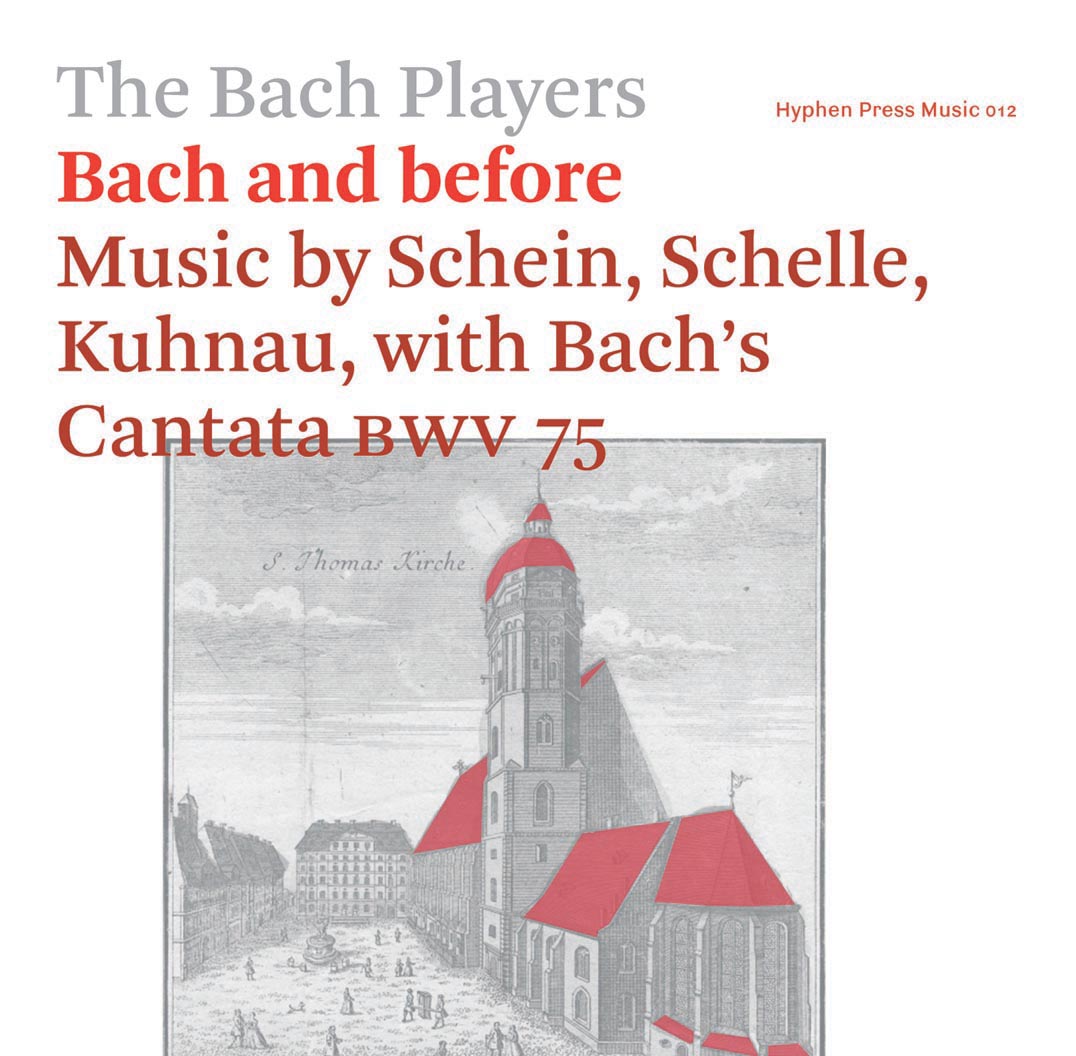
Bach and before
When J.S. Bach was given the post of Kantor at the Thomasschule in Leipzig he joined a long line of musicians in this position, among them Schein, Schelle, and Kuhnau. This disc provides recordings of their treatments of texts that Bach would also set, and demonstrates the extraordinary strength and beauty of German church music of those times.
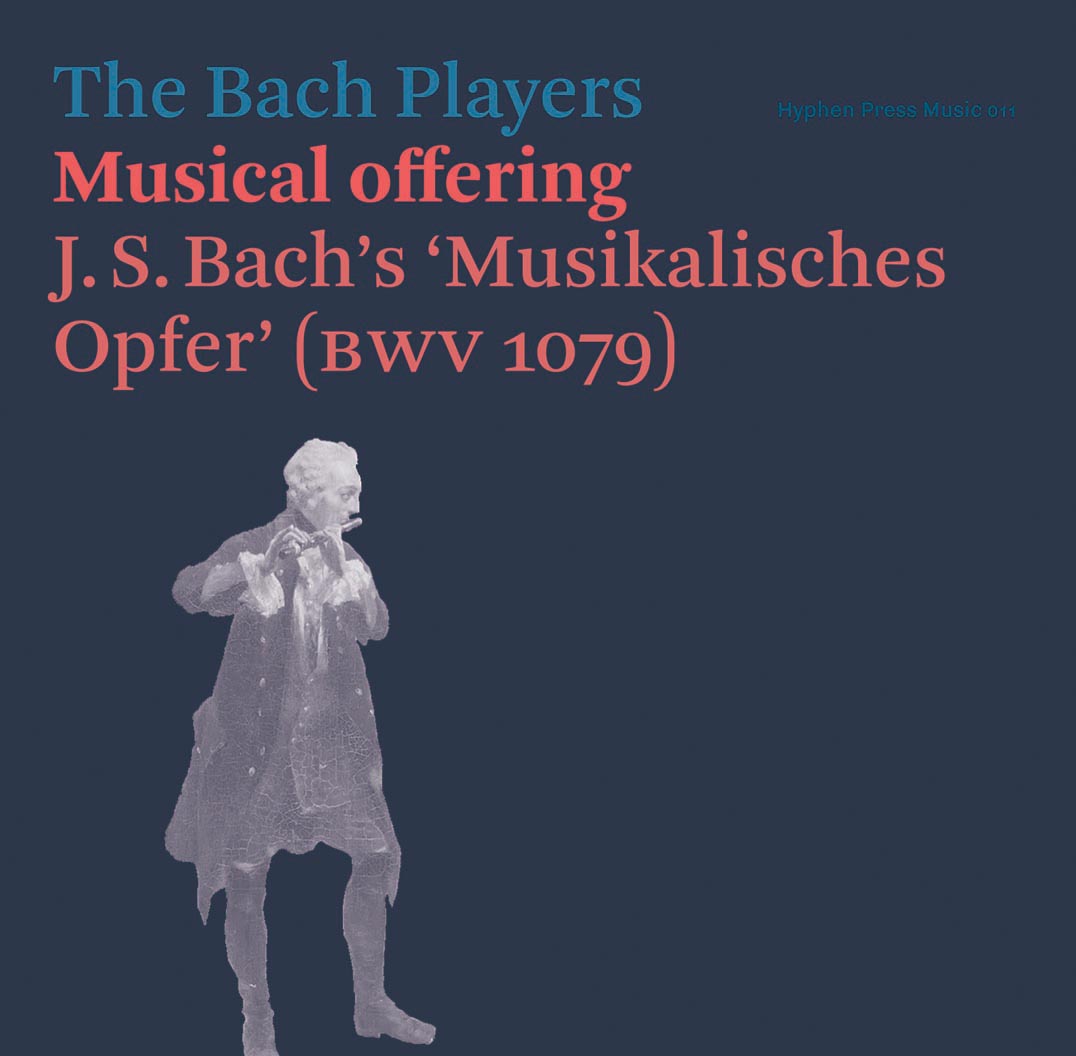
Musical offering
The orator and the musician have essentially the same aim: namely, to make themselves masters of the heart of their listeners, to arouse or still their passions, and to transport them now to this sentiment, now to that. Thus it is to the advantage of both, if each has some knowledge of the duties of the other.
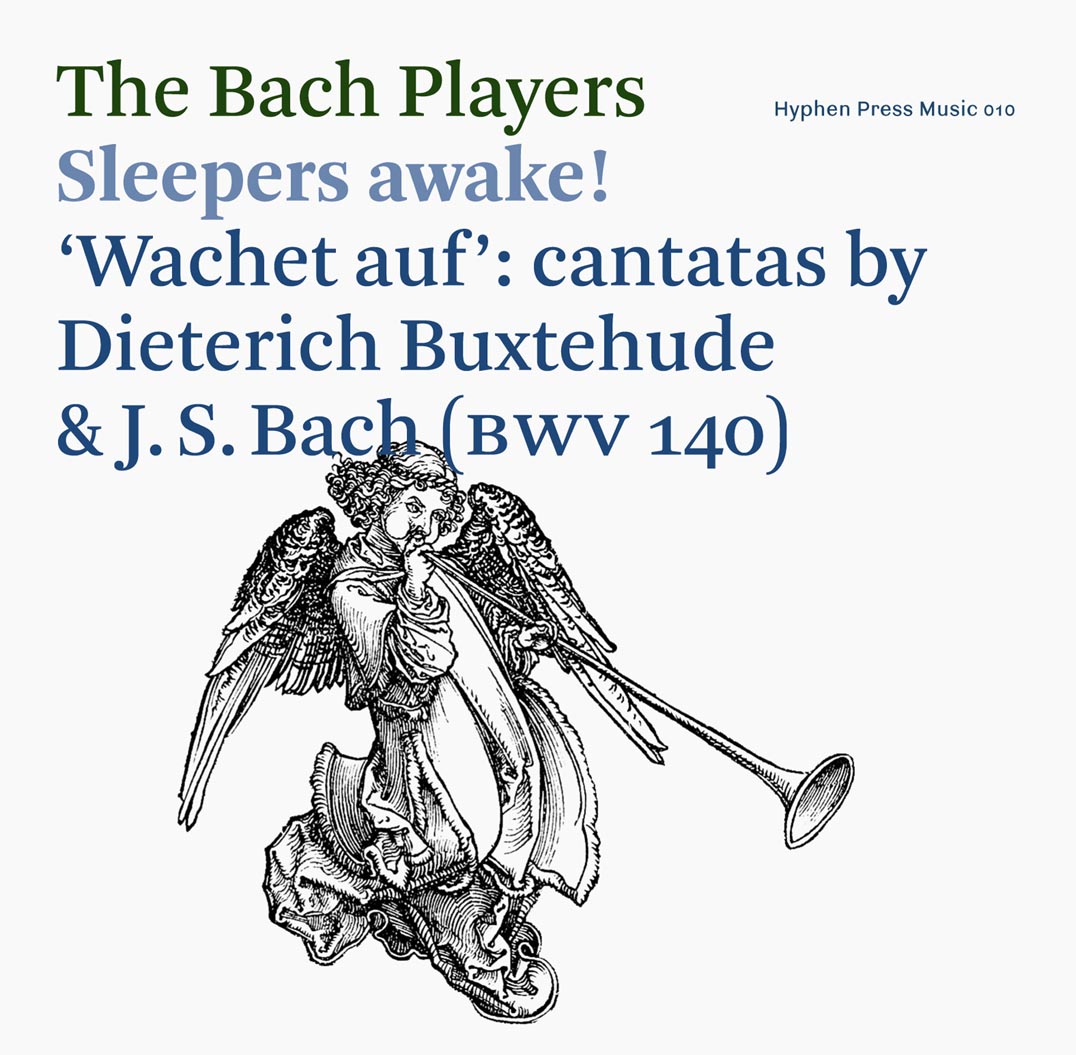
Sleepers awake!
Behind J.S. Bach stood Dietrich Buxtehude, the pre-eminent German composer of the seventeenth century and now unfairly neglected. In this recording The Bach Players reunite the two composers, featuring their settings of the text ‘Wachet auf, ruft uns die Stimme’ (Sleepers awake! The voice calls us). The text uses the parable,
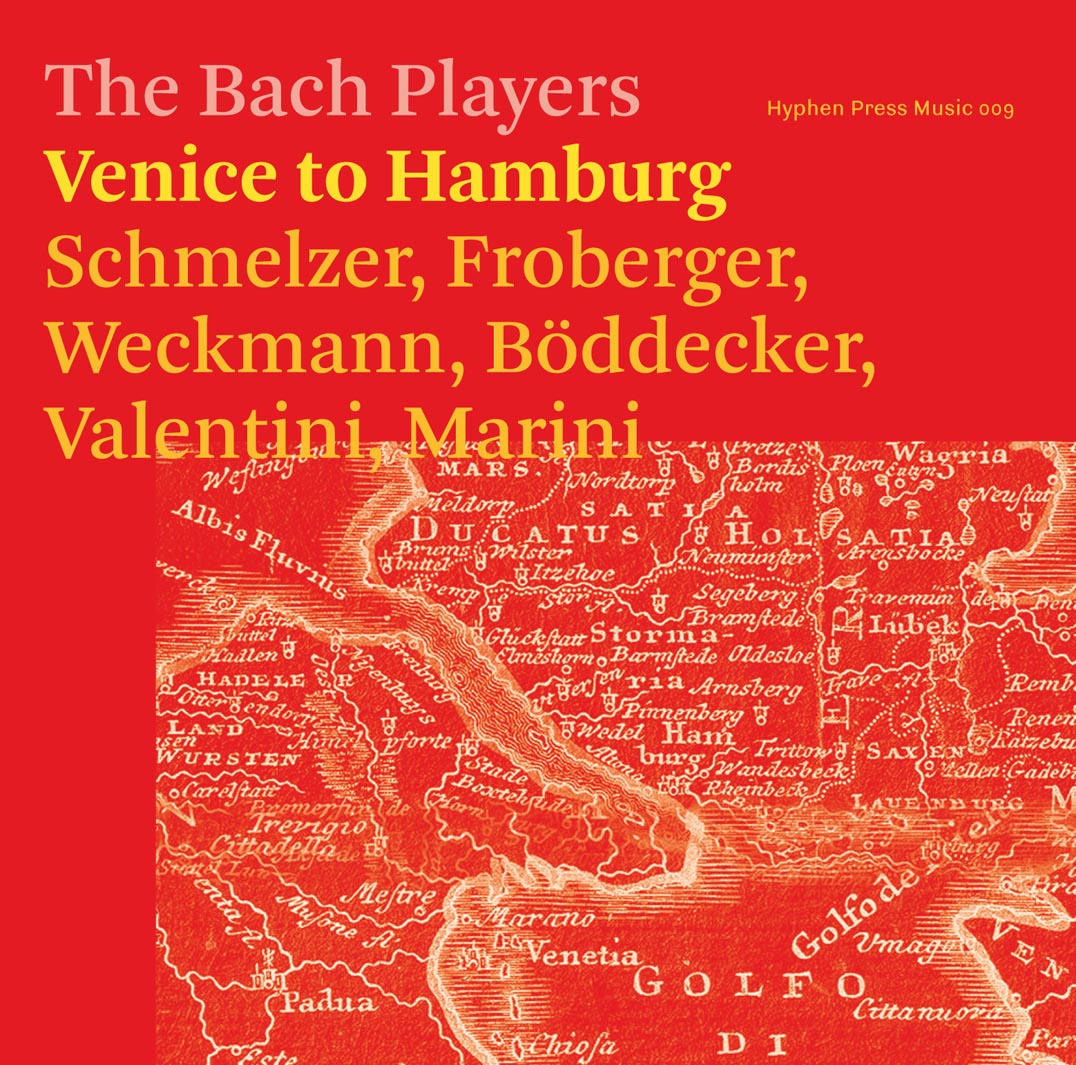
Venice to Hamburg
Hear how the Italian ‘stylus fantasticus’ crossed the Alps to the centres of Habsburg culture, then on north to Hamburg, with music by Valentini, Schmelzer, Weckmann, and others. ‘Venice to Hamburg’ centres on pieces for an unusual combination of instruments – violin, cornetto, sackbut (trombone), dulcian (bassoon), and basso continuo – improvisatory in character,
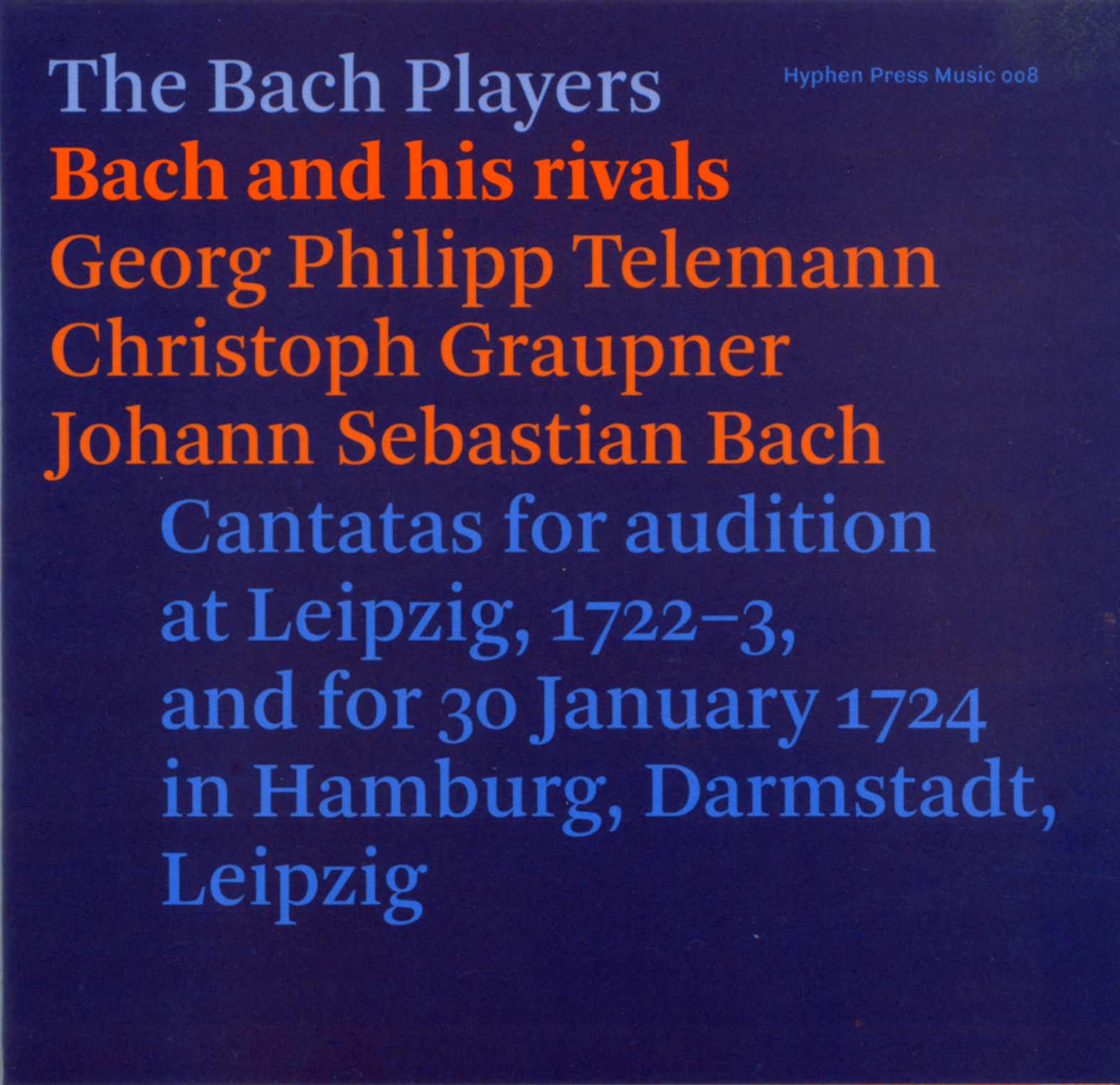
Bach and his rivals
This double CD presents two sets of cantatas by three composers: Telemann, Graupner, and J.S. Bach. The first disc has cantatas composed in 1722–3 as audition pieces for the job of Kantor at the Thomasschule in Leipzig. Both Telemann and Graupner were attractive and likely candidates, as these works prove.
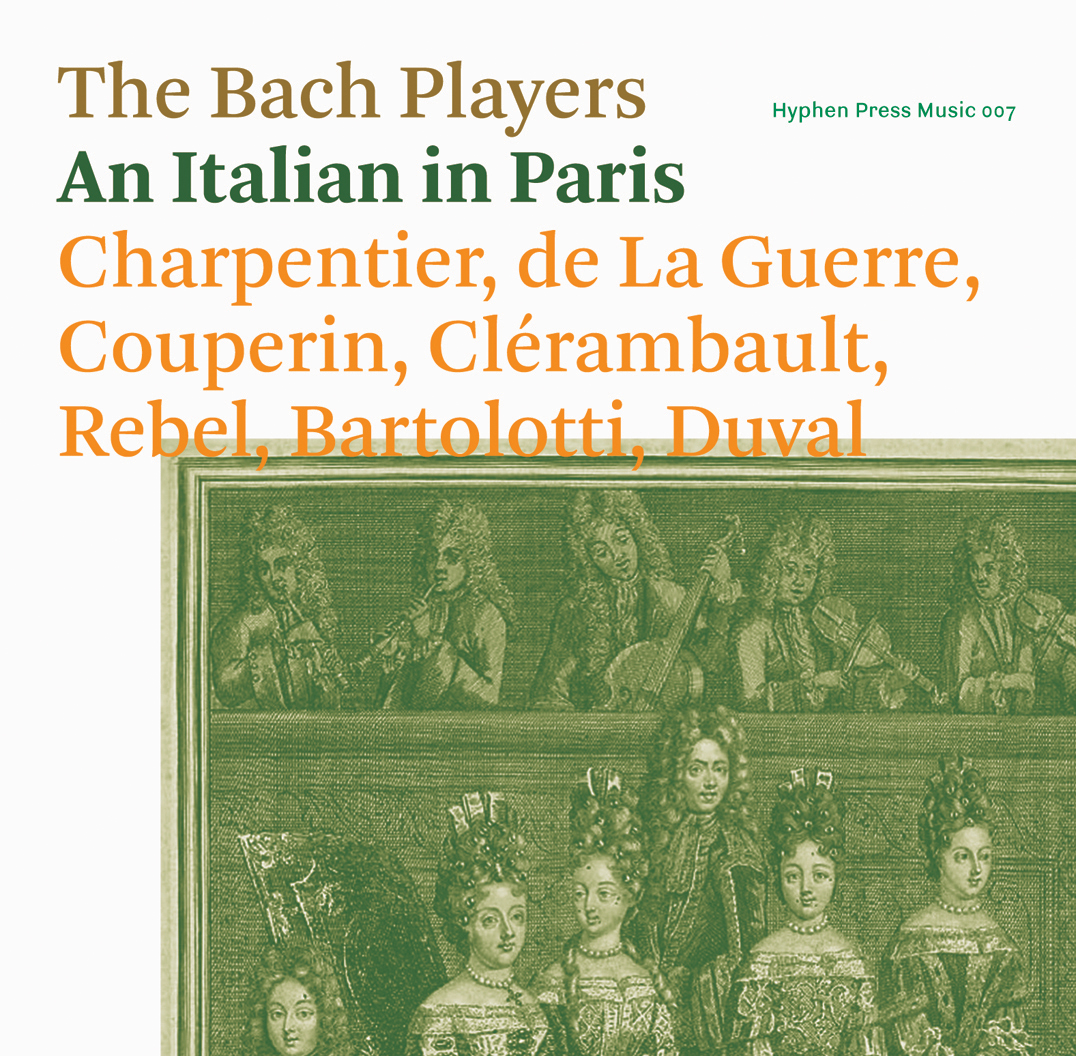
An Italian in Paris
In France at the end of the seventeenth century Corelli’s influence was enormous. The more rational, formal French style had been dominated by Lully; French composers had to admit secretly to liking the more emotional Italian style. This rich banquet of private music composed for Louis XIV shows the first experiments in France with the Italian style.
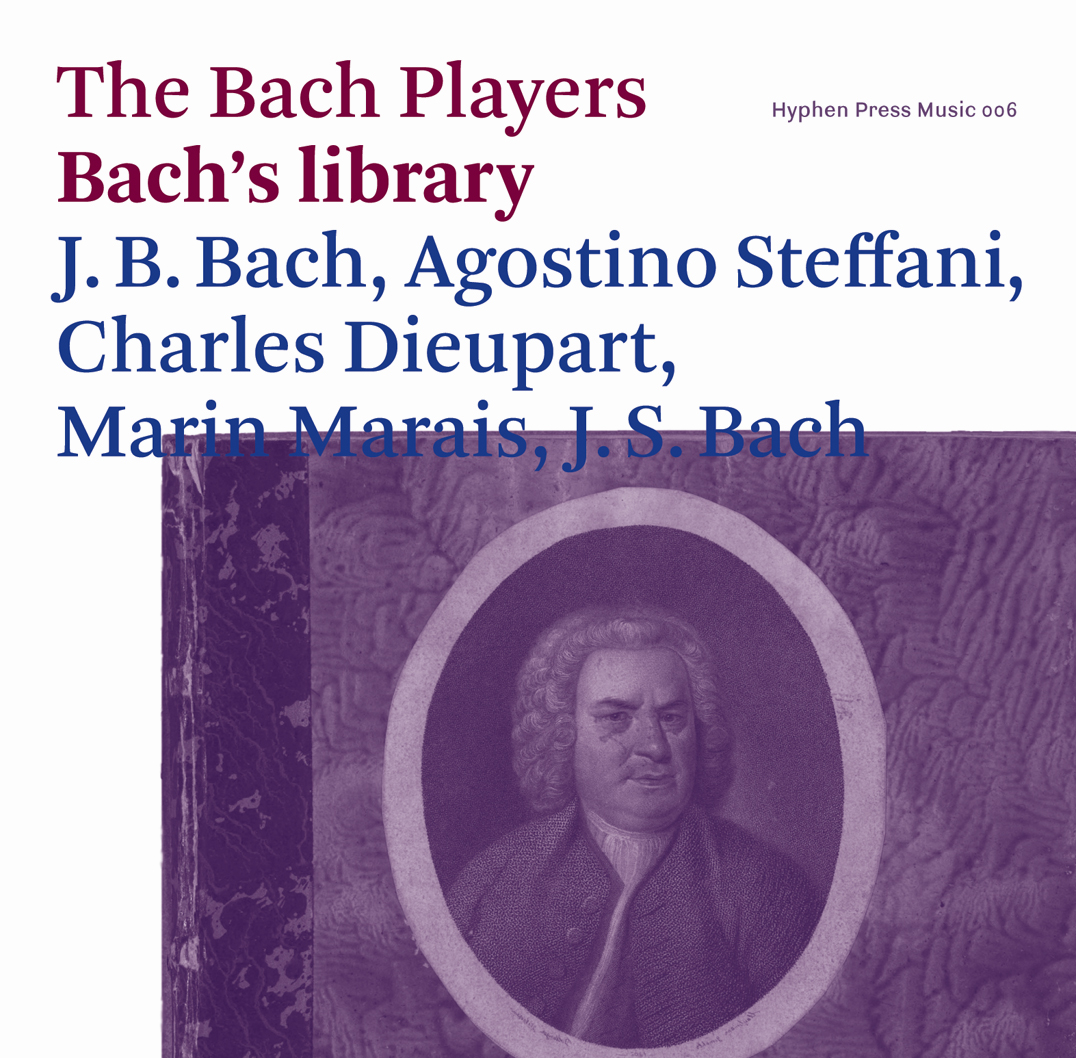
Bach’s library
This is a selection of pieces that J.S. Bach had in his library and which provide a context for his celebrated Orchestral Suite in B minor. Some of these works J.S. Bach copied in his own hand (Dieupart, Johann Bernhard Bach, and Steffani), and one exists in his brother Christoph’s hand (‘Alcide’ by Marais,
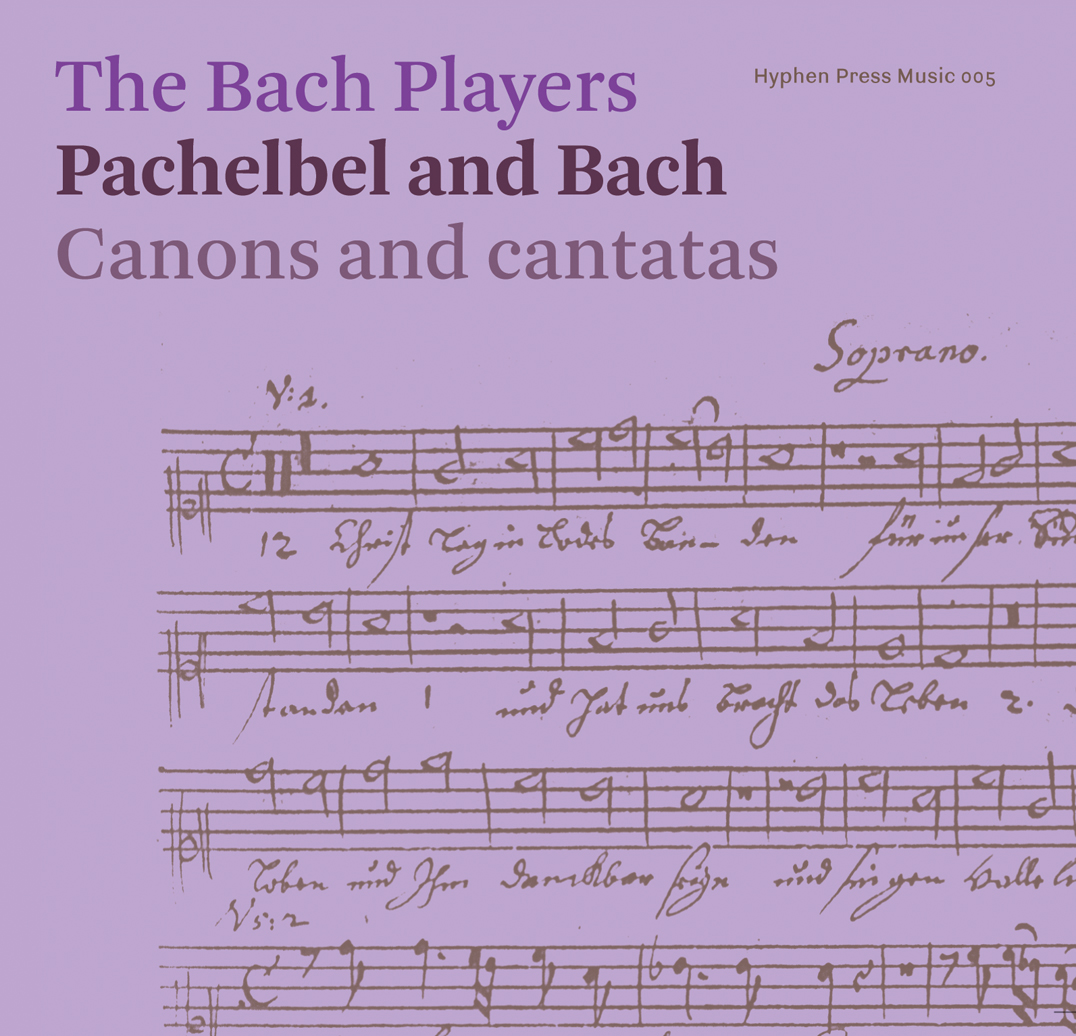
Pachelbel and Bach
This is a double CD. Each disc presents cantatas set by both Pachelbel and Bach: ‘Christ lag in Todesbanden’ and ‘Was Gott tut, das ist wohlgetan’. In the first case the older composer’s influence on Bach’s writing is very clear; in the second, we hear the mature Bach. Also on the discs: Pachelbel’s beautiful Canon and two of his sacred concertos;

Italy versus France
Italian or French? Jean Baptiste Lully and Arcangelo Corelli were the champions of these two musical styles – and the main subjects of the many attempts to establish which style was better. Or could the two styles be united? This programme paints a musical picture of the later seventeenth and early eighteenth centuries in Europe,
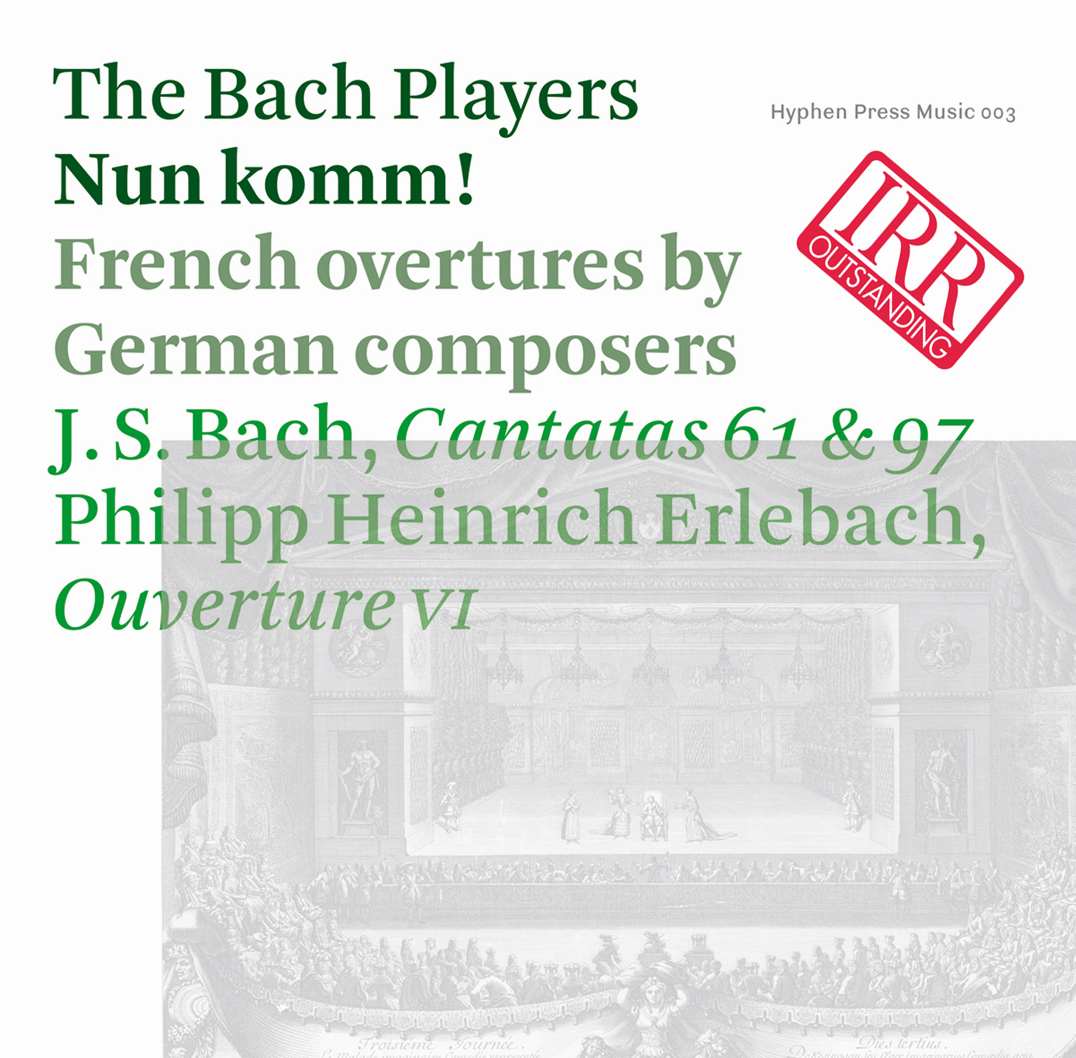
Nun komm!
The Bach Players explore the form of the French overture in two cantatas by J.S. Bach: the thrilling Advent cantata ‘Nun komm der Heiden Heiland’ (BWV 61), from his Weimar years, and ‘In allen meinen Taten’ (BWV 97) from his later years in Leipzig. They play a dance suite by Philipp Heinrich Erlebach,
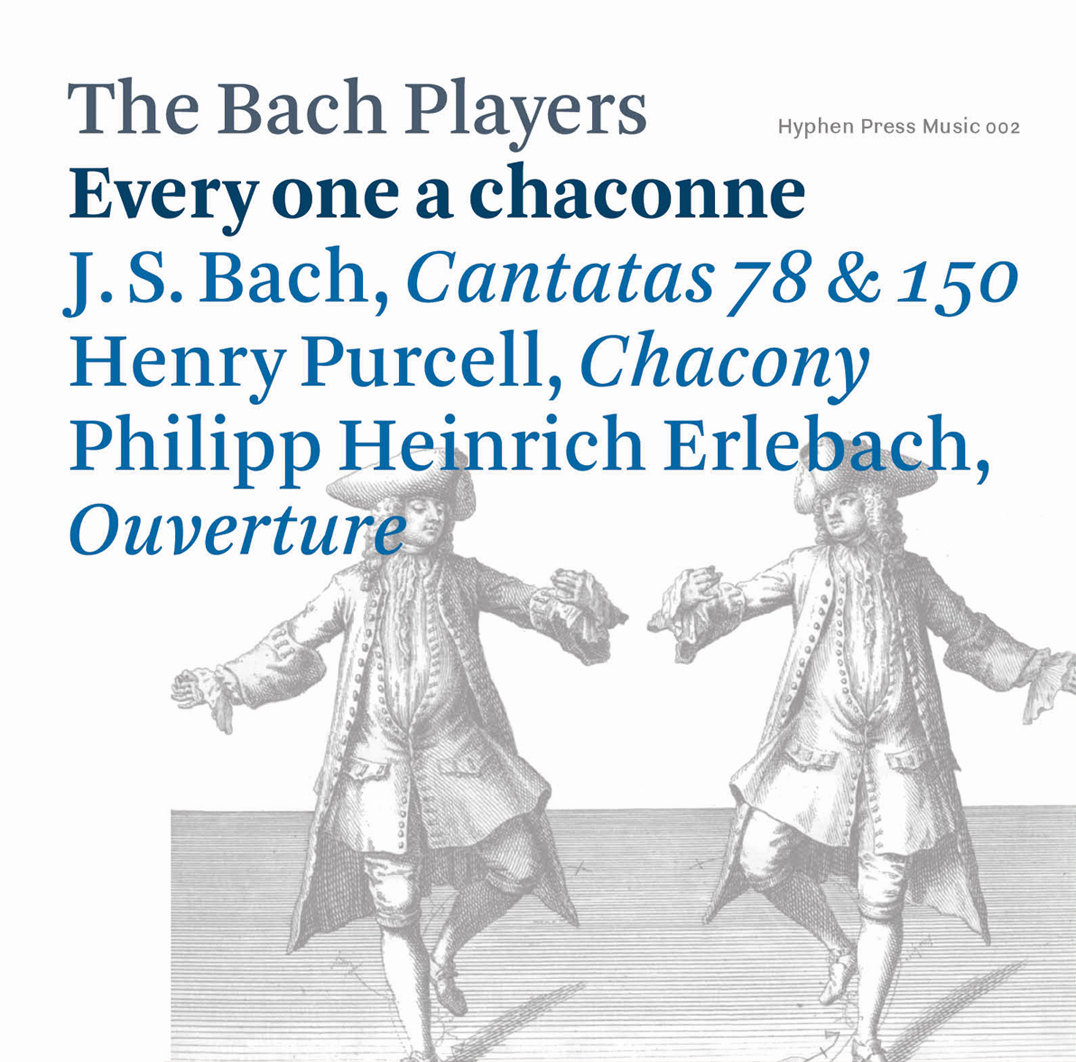
Every one a chaconne
This programme is centred on the chaconne: you will hear how Henry Purcell and J.S. Bach join hands in this much-loved dance form of the seventeenth and eighteenth centuries. Of the few works of Philipp Heinrich Erlebach that survive, we perform a suite that concludes with a chaconne. The two Bach cantatas are contrasting: BWV 150 is said to be Bach’s earliest surviving cantata,
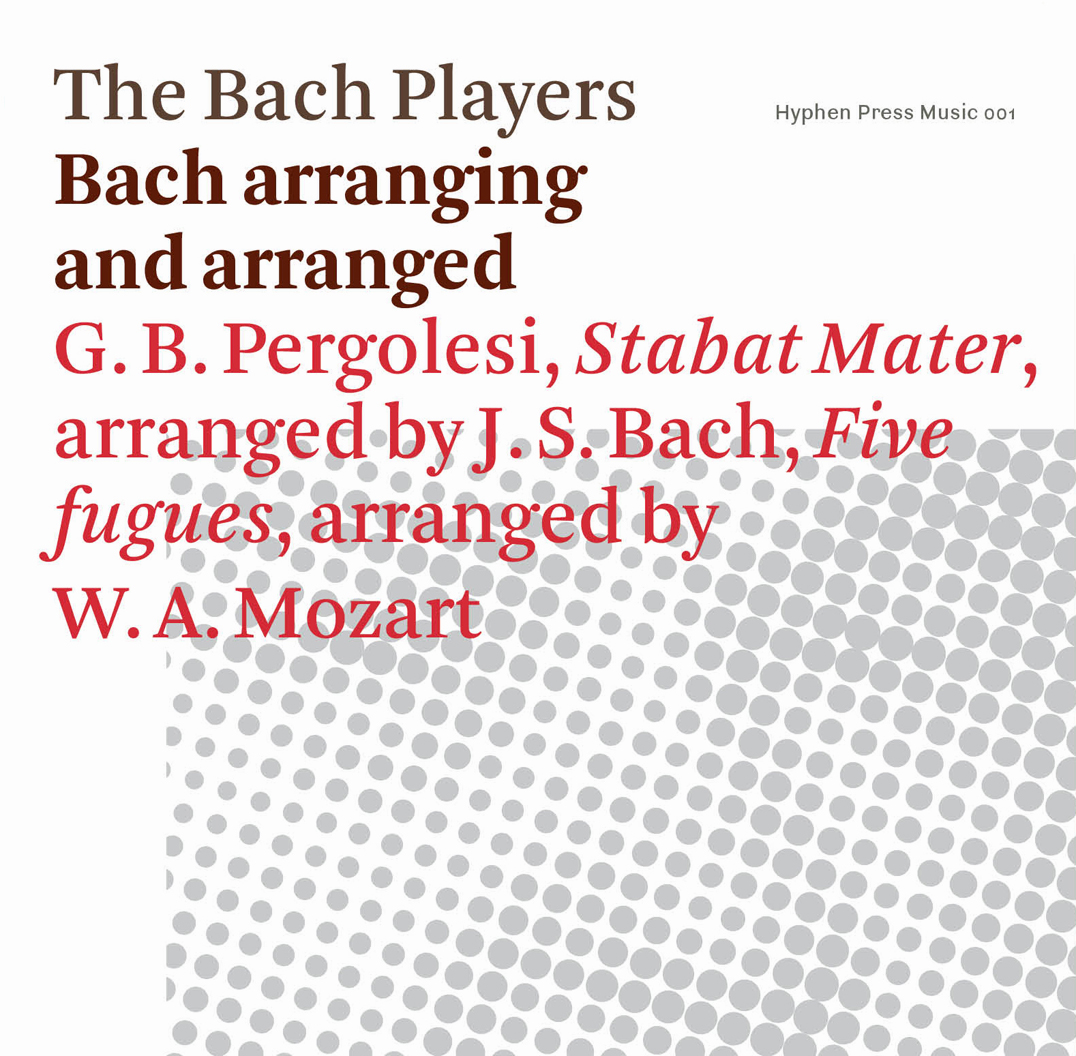
Bach arranging and arranged
What happens when great composers arrange each other’s works? J.S. Bach gave Pergolesi’s Stabat Mater a new text and a new viola part, making a fresh piece that speaks both of Germany and Italy. This performance features singers Rachel Elliott and Sally Bruce-Payne.
Mozart gave string players the pleasure of playing fugues from the Well-tempered Clavier II – fresh arrangements by The Bach Players complete the set of all the four-part fugues from this work.